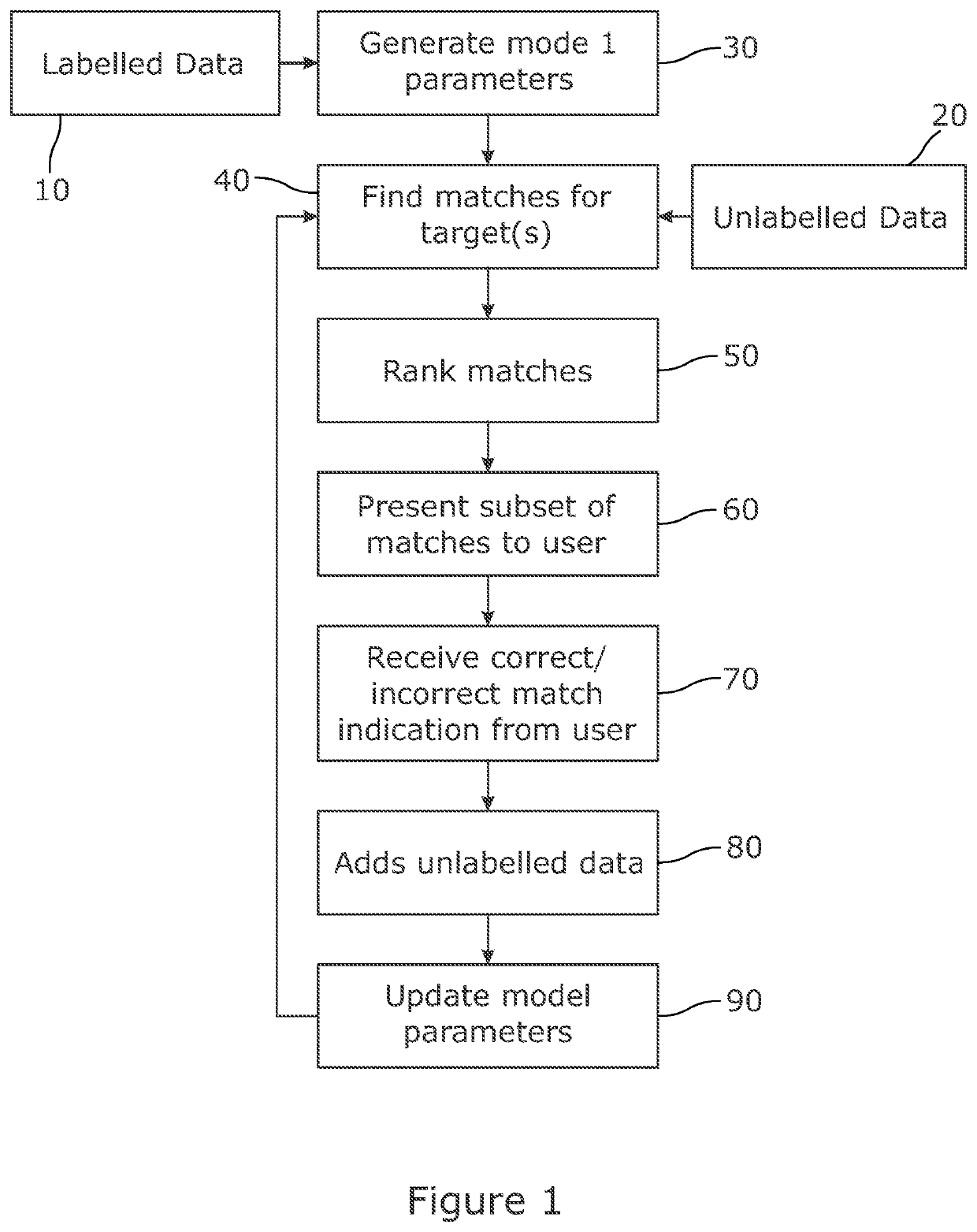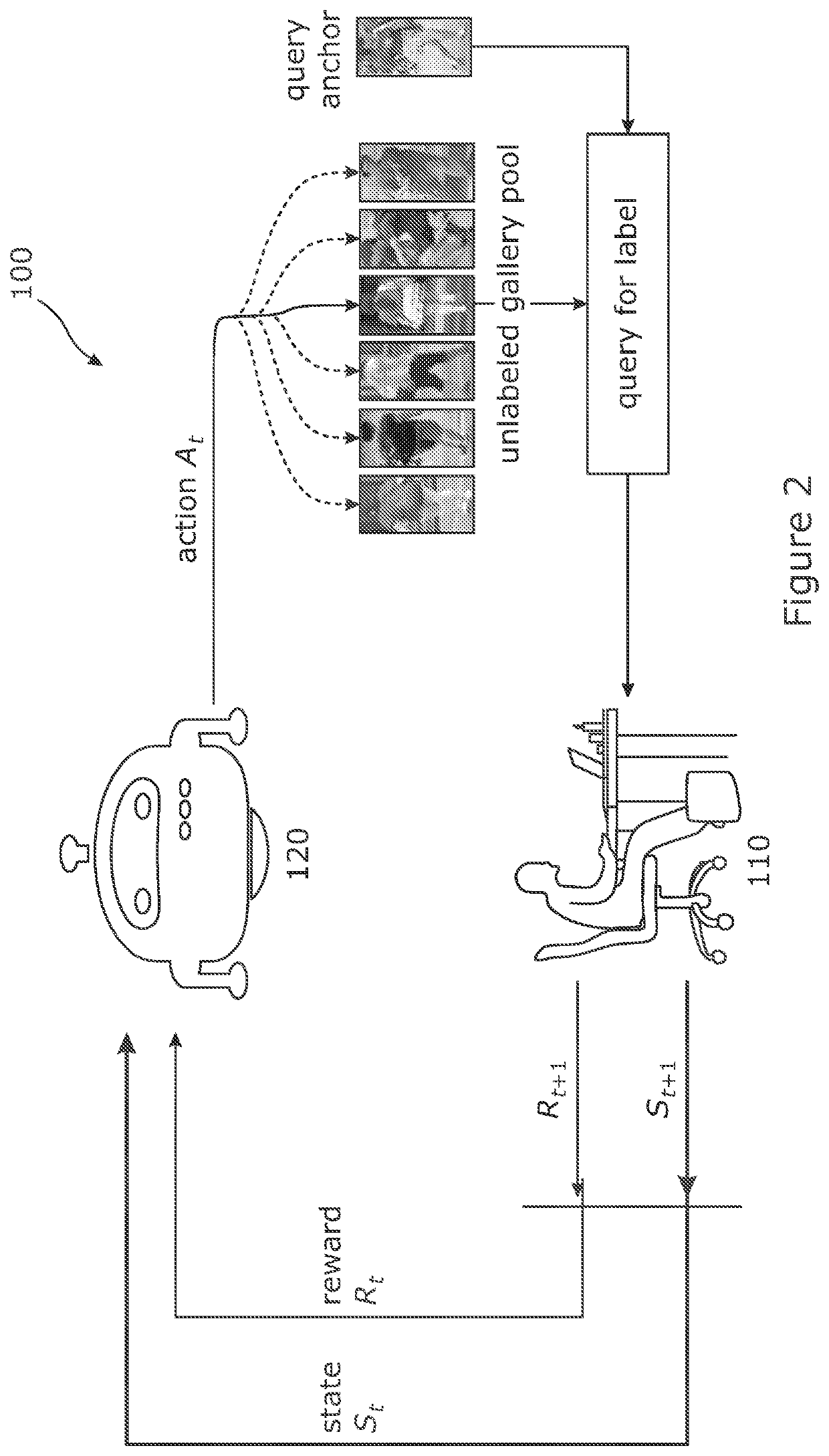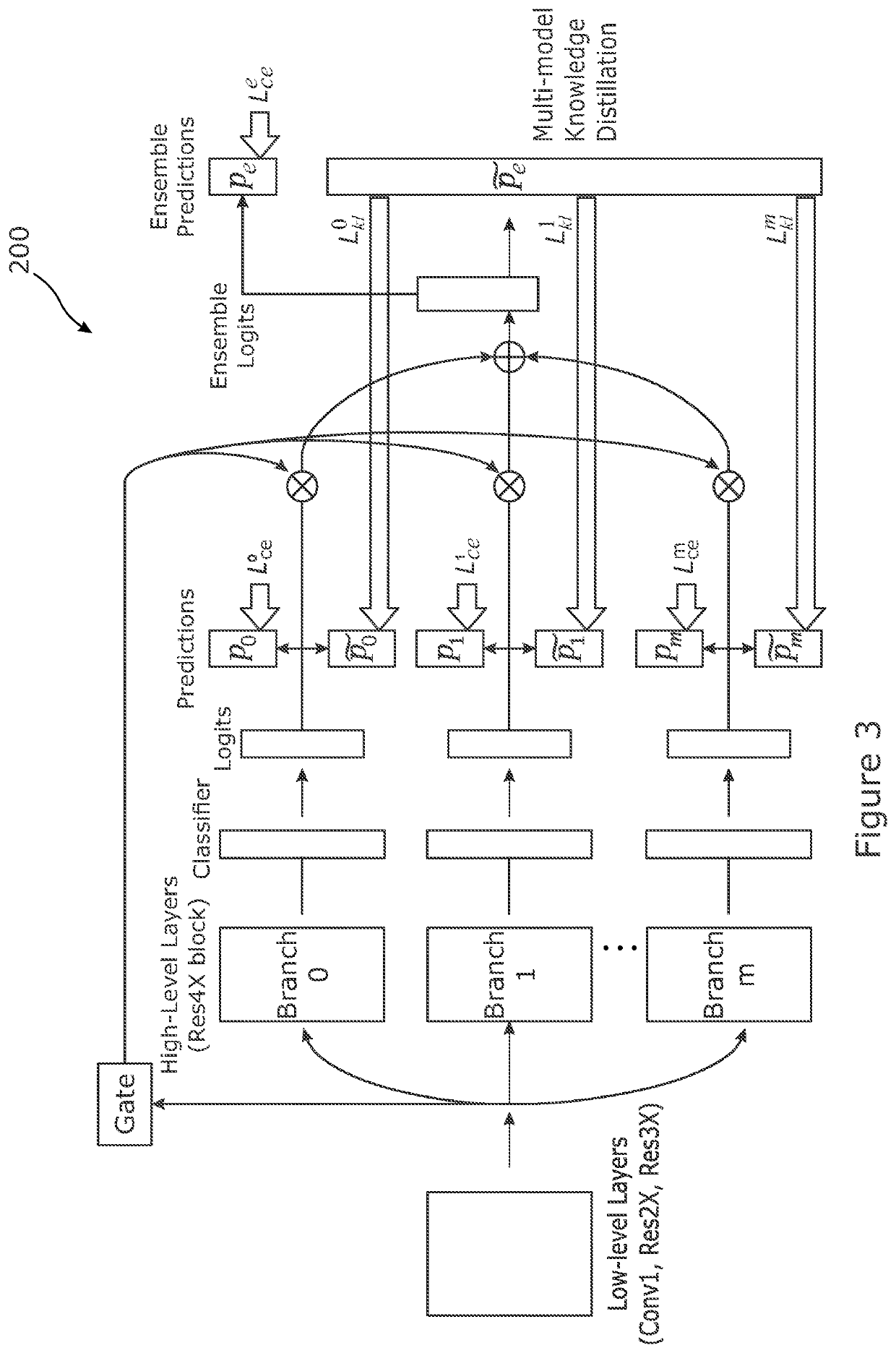Optimised Machine Learning
a machine learning and optimization technology, applied in the field of systems, can solve the problems of difficult for different systems or organisations to share their data, time-consuming, and inapplicability to most real-world deployment of a re-id system, and achieve the effect of facilitating large-scale data sets, reducing the difficulty of different systems or organisations to share data, and reducing the number of data sets
- Summary
- Abstract
- Description
- Claims
- Application Information
AI Technical Summary
Benefits of technology
Problems solved by technology
Method used
Image
Examples
experiment 1
[0142]Distributed Optimisation On-Site
[0143]Datasets. The following describes the results of various experiments used to evaluate the present system and method. For experimental evaluations, results on both large-scale and small-scale person re-identification benchmarks are reported for robust analysis: The Market-1501 [77] is a widely adopted large-scale re-id dataset that contains 1,501 identities obtained by Deformable Part Model pedestrian detector. It includes 32,668 images obtain from 6 non-overlapping camera views on a campus. CUHK01 [40] is a remarkable small-scale re-id dataset, which consists of 971 identities from two camera views, where each identity has two images per camera view and thus includes 3884 images which are manually cropped. Duke [50] is one of the most popular large scale re-id dataset which consists 36411 pedestrian images captured from 8 different camera views. Among them, 16522 images (702 identities) are adopted for training, 2228 (702 identities) image...
experiment 2
[0155]Knowledge Ensemble & Distillation
[0156]Datasets. We used four multi-class categorisation benchmark datasets in our evaluations (FIG. 7). (1) CIFAR10 [35]: A natural images dataset that contains 50,000 / 10,000 training / test samples drawn from 10 object classes (in total 60,000 images). Each class has 6,000 images sized at 32×32 pixels. Each of the 10 classes has 6,000 images. We follow the benchmarking setting 50,000 / 10,000 training / test samples. CIFAR100 [35]: A similar dataset as CIFAR10 that also contains 50,000 / 10,000 training / test images but covering 100 fine-grained classes. Each class has 600 images. SVHN: The Street View House Numbers (SVHN) dataset consists of 73,257 / 26,032 standard training / text images and an extra set of 531,131 training images. We follow common practice [32, 38]. We used all the training data without using data augmentation as [32, 38]. ImageNet: The 1,000-class dataset from ILSVRC 2012 [52] provides 1.2 million images for training, and 50,000 for va...
PUM
 Login to View More
Login to View More Abstract
Description
Claims
Application Information
 Login to View More
Login to View More - R&D
- Intellectual Property
- Life Sciences
- Materials
- Tech Scout
- Unparalleled Data Quality
- Higher Quality Content
- 60% Fewer Hallucinations
Browse by: Latest US Patents, China's latest patents, Technical Efficacy Thesaurus, Application Domain, Technology Topic, Popular Technical Reports.
© 2025 PatSnap. All rights reserved.Legal|Privacy policy|Modern Slavery Act Transparency Statement|Sitemap|About US| Contact US: help@patsnap.com



